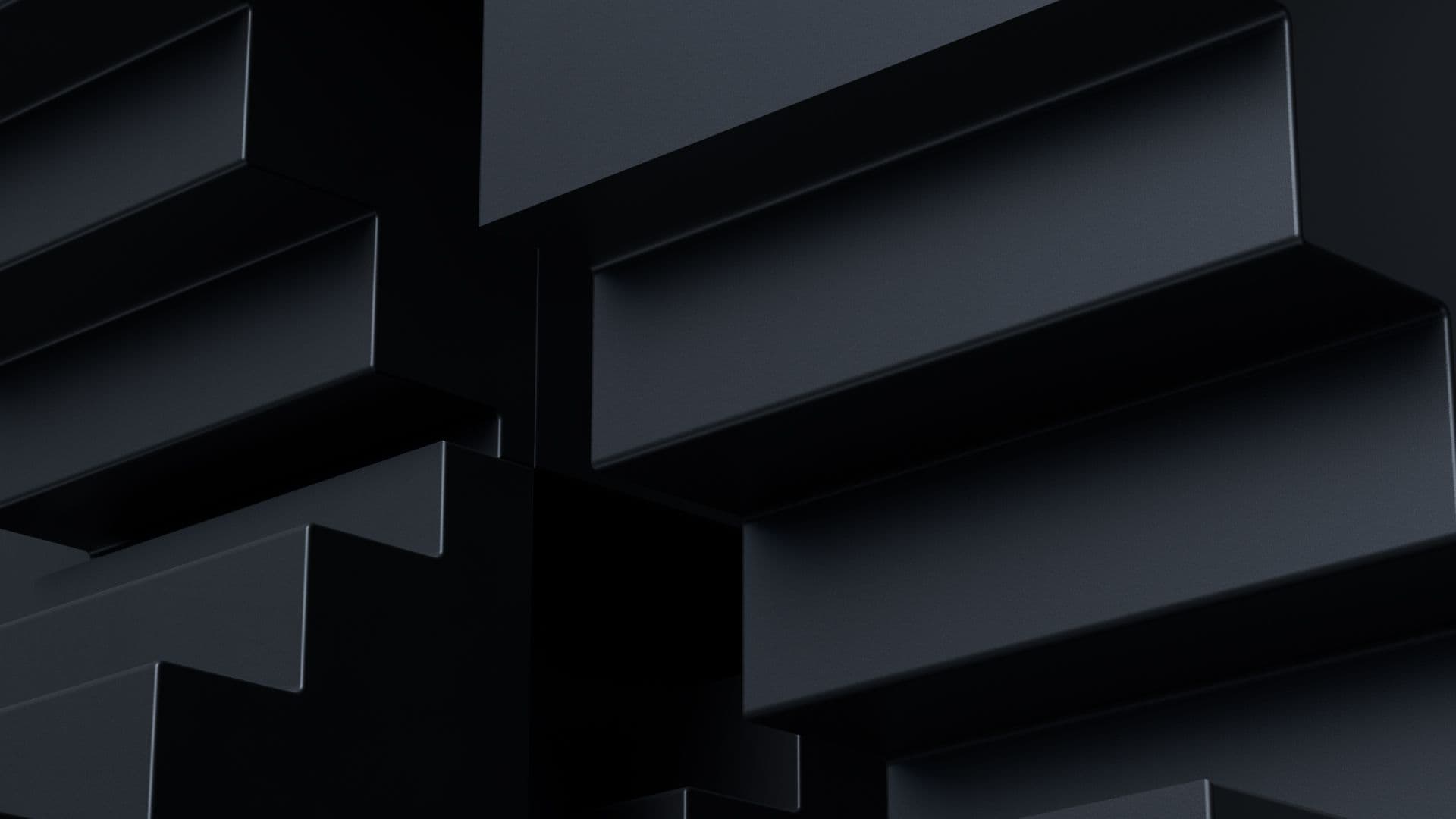"Unity", los logotipos de Unity y otras marcas comerciales de Unity son marcas comerciales o marcas comerciales registradas de Unity Technologies o de sus empresas afiliadas en los Estados Unidos y el resto del mundo (más información aquí). Los demás nombres o marcas son marcas comerciales de sus respectivos propietarios.

